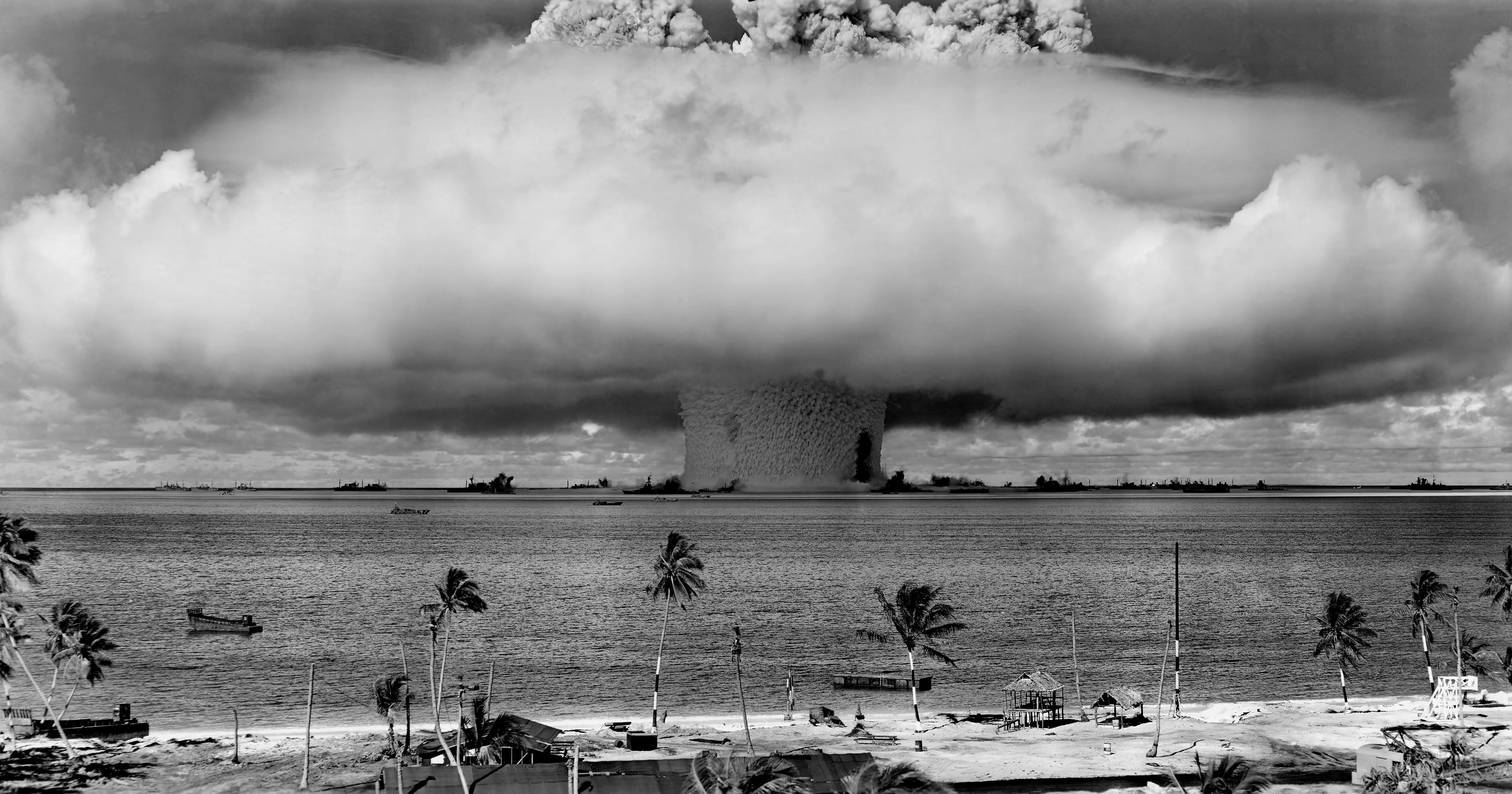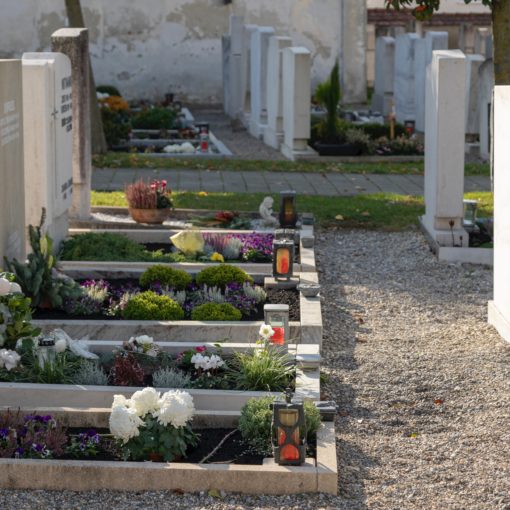Nuclear war is definitely not a topic you think of while brushing your teeth in the morning and certainly not something you bring up over dinner with the family. For some reason, it’s just not something that is on most people’s minds. Well, it probably should be. The possibility of nuclear war, at least in the opinion of a few experts, is as close now as it was during the Cuban missile crisis of 1962. There is an institution that exists that actually measures how close we are to the end of humanity as we know it. “The Bulletin of the Atomic Scientists” maintains what they call a “doomsday clock” which measures the end of humanity as hours and minutes to midnight. The closer we are to midnight the closer humanity is to total annihilation. This clock can be affected by things like climate change, war, famine, and of course, the activity of nuclear programs like that of North Korea. It is important to remember that this clock obviously does not illustrate the time left for humanity in actual minutes and is more of benchmark (obviously). The clock currently sits at two and a half minutes to midnight. This indicates that the likelihood of a global catastrophe is higher than it has been in almost forty years.
I’m sure that you’ve heard about the threat of “Nuclear North Korea”. They are a threat, but it is also important to realize that they have an estimated ten nuclear devices out of the almost 9,300 global nuclear weapons, most of which are possessed by Russia and the United States. What would happen if North Korea or another nation were to launch a nuclear weapon at another country? I thought it was about time to look into it. In this article, I’ll be exploring total nuclear war and what it would mean for you. Let’s assume that for this scenario the theory of Mutually Assured Destruction or M.A.D. theory is correct. In short, this means that when one nation launches a nuclear weapon, the targeted nation would attempt to use all their nuclear weapons to annihilate the population of the opposing country. It sounds like a fairly stupid tit-for-tat theory, however at one time, it played a key part in the policies of former American President Kennedy. So for the sake of this article let’s say that for some reason Kim Jong Un decides on a total nuclear strike on the United States of America. What would the first 24 hours look like for Canada? The short answer is not very good.
Donald Trump has stated that the US nuclear arsenal is “Fully prepared, locked and loaded” and with a quote like that it isn’t hard to imagine the results. The process of a nuclear launch is fairly easy to simplify and in very basic terms it would look like this: within 10 minutes the United States military will have seen the heat signature from an incoming intercontinental ballistic missile, and they will likely assume its payload is nuclear. Within 20 minutes, if the military has failed to intercept the incoming missile it is likely it will arrive at its target, which would probably be a major metropolitan area on the West coast of the US (assuming this missile is from North Korea), think Seattle or Los Angeles. Within 30-40 minutes, the ICBM will have reached its target and a nuclear device will have detonated. Most conventional nuclear devices in North Korea’s arsenal have a yield of less than 70 kilotons, which is smaller than the first nuclear weapon ever tested by France. To put that in perspective, a yield of 70 kilotons is about four times larger than the weapon dropped on Nagasaki in 1945. If detonated over a city like Seattle, it is likely that a fireball several hundred metres wide would instantly vaporize everyone and everything in its path. In the next two hours life at the detonation site would look very bleak. The Nuclear Age Peace Foundation describes a nuclear detonation like this “light from the fireball would melt asphalt in the streets, burn paint off walls, and melt metal surfaces within a half second of detonation.” The explosion would be bright enough to blind anyone looking at it and the shockwave that would follow would expand knocking over buildings with winds in excess of 1200 kilometres per hour.
The remainder of what is known about a nuclear blast of this magnitude is equally terrifying. In the hours that follow, what is left of our hypothetical city would struggle with hundreds of thousands of wounded and little services remaining to help them.
Assuming that most of Canada remained untouched by actual nuclear detonations we would be able to expect several things. First, we would likely condemn the attacks as they would be making news globally if the infrastructure to report news was not destroyed. Second, we would prepare ourselves for any strikes that could occur on our own soil and third, there would be a great deal of nuclear fallout. The question in this case isn’t how to prepare for a nuclear blast (you can’t and would almost certainly be vaporized instantly), but rather the question is how to prepare for the after effects of a nuclear war.
Nuclear fallout is something that occurs after a nuclear detonation. If there were a large scale nuclear detonation over a Northern city in the United States, the fallout would eventually drift our way. This residual radioactive material is propelled into the upper atmosphere and is very deadly if you happen to be unlucky enough to be exposed to it. It usually falls as dust or ash and coats everything it touches. The best way to protect yourself from nuclear fallout, at least according to several experts, is to just simply not go outside for a period of two weeks or more. This is due primarily to the nuclear rule of 7 and 10 which can best be described as the rate of decay for radioactive fallout. This means that: “For example, after 7 hours, the average [radiation] dose rate is reduced by a factor of ten… after two weeks the radiation from the fallout will have reduced by a factor of 1000 compared the initial level…” so basically, according to the math, if you stay away from the fallout for long enough you should be good.
There are a number of recommendations that disaster management agencies make for preparing for an event like that. The recommendations are much the same as other disasters, prepare food, water, and anything you may need to shelter in place for many days or weeks at a time. There are a variety of websites that can provide you with information on how to assemble a disaster preparedness kit with nuclear events specifically in mind.
To conclude, with the escalation of nuclear rhetoric by both the United States and North Korea, it seems that the threat of a limited nuclear conflict is closer than ever before. Although it may not be on your mind every week or even every month, the threat is still there. Do your best to make sure that you at least keep yourself informed on the issues surrounding the current North Korea-US relationship and above all, make sure you know what you would do if there were a disaster in your area. The only thing worse than a bad plan is no plan at all.



